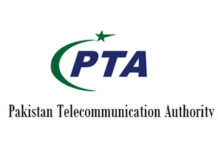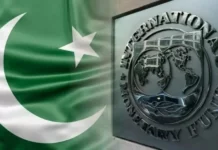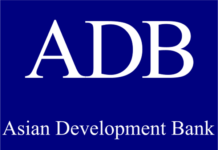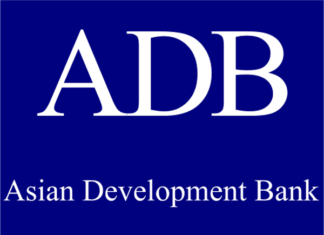The National Electric Power Regulatory Authority (Nepra) has outlined plans to substantially hike the annual and one-time registration fee for entities operating within the power sector.
This decision impacts a broad spectrum of licensees, including those involved in generation, distribution, transmission, and trading, as well as operators and suppliers.
The proposal comes against the backdrop of escalating electricity rates attributed to various factors such as fuel costs, quarterly adjustments, and surcharges.
Nepra is also looking to introduce a new fee regime for electricity traders in anticipation of the Competitive Trading Bilateral Contracts Market (CTBCM)’s imminent operationalization.
The existing fee structure has been in place since May 31, 2021.
Stakeholders, including current and prospective licensees, have been invited to submit their feedback on the proposed revisions before the end of this month. The regulator anticipates implementing the revised fees starting July 1, 2024.
Among the notable changes, the annual fee for Special Purpose Transmission Line (SPTL) licensees is set to rise dramatically by approximately 215,000 percent, with a new rate of Rs5.37 million per megawatt (MW), up from the current Rs2,500 per MW.
The maximum annual fee for SPTLs will also see an adjustment, increasing by 115 percent to Rs21.50 million.
Other significant adjustments include a 125 percent increase in the annual fee for generation companies, now set at Rs44,786 per MW, and a similar hike in the fixed annual charges for national and provincial grid companies, as well as for K-Electric’s transmission license.
Furthermore, Nepra plans to introduce three new annual charges for specific regulatory registrations, including independent auctions and competitive bidding processes, which previously did not attract any fees.
Electric power traders will also face a new fee structure, with charges escalating based on power capacity, starting from Rs 948,060 for capacities up to 50MW.
The proposed amendments aim to reflect the evolving dynamics of the power market, which is gradually shifting towards a more competitive landscape with multiple suppliers, including the role of suppliers of last resort.























